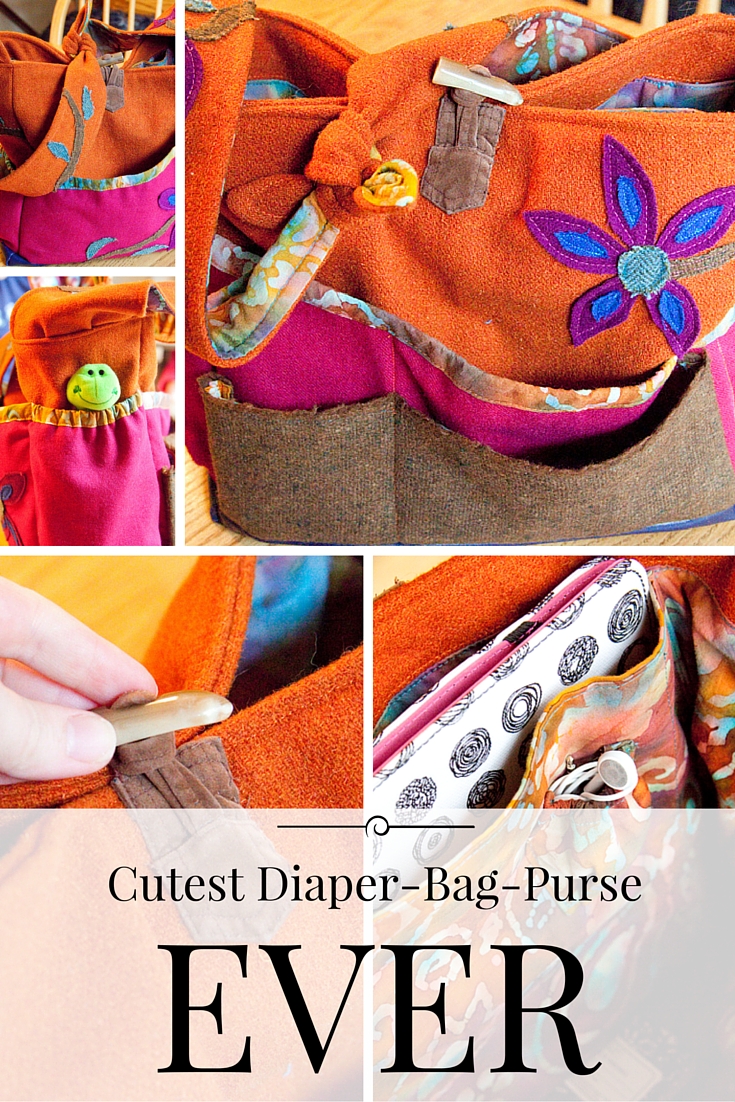Funkify Your Wool: A Tutorial on Wool Dying for Rug Hooking or other Crafts
I'm easily bored so the excitement of that Great Goodwill Find of a Hideous Blazing Purple jacket soon wears off. I start to wonder what that purple would do to a light brown, or whether I need a hazy blue-white for snow or sky or what that Blue Blazer would do to white slacks, just because it might be cool and I don't have anything better to do. I stayed in this wondering phase for quite some time.
But after some Googling and reading and wondering and worrying, I did it. I took my wool and got funky. Which shouldn't be a surprise since I tie-dyed all my diapers when expecting baby #3 (I'd run out of nesting projects by then). Oh, I miss those cloth-diapering days! (No, no, not really. Universe, you didn't hear me say that.)
Some might call this procedure "Marrying" colors, though it isn't official marrying because the wool ends up mottled and not one, consistent color. Not that my married wool is one, consistent color either, but this is rather more purposely inconsistent. So, whether you're doing this for rug hooking or making wool diaper covers or whatever else, on to the technique!
First step, pick your wool.

Here I have a white, a bright blue, a textured green/aqua. And a rotten banana. Yummy.
Next twist, tie, marble, squish, etc. The more folds, the more odd your final look. Tie with strips of dark wool for an interesting effect or put a strip or two in the middle of a knot, twist, tie, whatnot and see what happens!

Put the wool in water, set it on the stove, turn on the burner, bring it to a low simmer. Don't boil it! Ok? You're not cooking it, you're heating it.

Add a healthy squirt of dish soap. Add it after you add the water if you want to avoid loads of suds. Or before water if you like to play with suds (like me, above).

Heat it for a while. I set the timer for 10 minutes, come check, if it's not how I want it, I set it for another 10 minutes, etc. Some wool takes a while to release its dye. Some doesn't hardly release it at all. Some wool takes on dye quickly, other wool doesn't. A few things to keep in mind: Thick, soft, squishy wools generally have more fibers and more dye. A small bit of that bright blue might be enough to turn the ball of white a brighter blue than I'd like.
Check it often and experiment with adding the lighter colors. The later added, the less dye they take on and the lighter they will remain. When you've achieved a color you like, add vinegar. A good amount.

I'll often turn the heat off here and let the pot cool for a few hours or overnight. Sometimes I'll cook it another 20 minutes or so. Either way, leave the wool in the vinegar for some time to let the acid do what it needs to do to set the dyes back in the fabrics.
Finally, drain and rinse. If your fabric is still hot, rinse in hot water. Match the rinse temp to the temp of the wool.

And unwrap, untie, untangle your wool to see what amazingly varied and surprising colors you've created!

I like to toss mine in the dryer with a towel, impatient gal that I am. And there you have it! Awesome artistically colored wool for your next natural fiber project!











What, you may ask, is a Globster? Well, one might say it's a mythical sea monster, a relative of the classic horror beast, The Blob. Or, if you're familiar with the amazing picture book Halloween Good Night, you'll learn that a Globster is: epically cute, squishably cuddly, not the slightest big frightening, and every preschooler's new must-have bedtime friend!